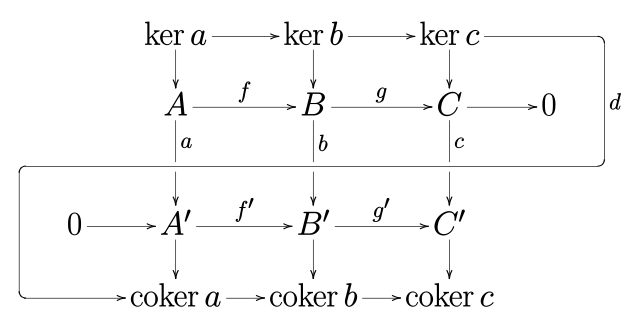Prof. P. Bürgisser
4h Course, TU Berlin, SS 2025,
Eligible as BMS Basic Course in area 2.
Thursday 12:15 - 13:45 MA 141
Friday 10:15 - 11:45 BH-N 128
Begin: April 17
Übung: Wednesday 12.30 - 14 MA 376
NEWS
No news is good news.
Teaching assistant: Dr. Dominic Bunnett
Email: bunnett at math.tu-berlin.de
Übungen are in person and held in room MA 376.
Any Übungen which are online will be held here.
The password is 54 written in binary.
TU Berlin
Institute of Mathematics
Straße des 17. Juni 136,
10623 Berlin, Germany
Office: EN 113

This course is the continuation of the Algebra I course given by Prof. Dirk Kussin at TU Berlin in WS 21/22.
The course Algebra I explained the basic notions of algebra: groups, rings, fields, factor structures, and provided a fairly detailed treatment of algebraic field extensions, culminating in the beautiful Galois theory.
The main goal of Algebra II is to provide an introduction to commutative algebra. This is the branch of algebra that studies commutative rings, their ideals, and modules over such rings. Important examples of commutative rings are rings of algebraic integers (which includes the ring of integers) and polynomial rings over fields and their factor rings. Both algebraic geometry and algebraic number theory build on commutative algebra. In fact, commutative algebra provides the tools for local studies in algebraic geometry, much like multivariate calculus is the main tool for local studies in differential geometry.
Probably the best entry to the subject is the following short, concise,
and clearly written textbook:
Atiyah, M.F.; Macdonald, I.G.: Introduction to commutative algebra.
Addison-Wesley Publishing Co, 1969 ix+128 pp.
The current plan is to follow this book quite closely. However, we may complement this with some additional material concerning algorithms (Gröbner bases).
Additional suitable literature:
Lang, Algebra, 3rd edition, Springer, 2002
Eisenbud, Commutative Algebra with a View Toward Algebraic Geometry, Springer, 1995
Matsumura, Commutative Algebra, Cambridge, 1989
Übungsblatter
- Sheet 1
- Sheet 2
- Sheet 3
- Sheet 4
- Sheet 5
- Sheet 5 + some remarks on finitely presented modules - with solutions
- Sheet 6
- Sheet 7
- Sheet 8
- Sheet 9
- Sheet 10
- Sheet 11
- Sheet 12
- Sheet 6 - with solutions
- Sheet 7 - with solutions
- Sheet 8 - with solutions
- Sheet 9 - with solutions
Solutions
Useful links
- Notes on Unique Factorisation Domains
- The official webseite
- Proof that the axiom of choice is equivalent to the existence of maximal ideals
- Should rings have 1?
- (y^2-x^3) vs Z[(-3)^(1/2)]
- Drawing k[x,y] and an application
- Free, Projective and Flat Modules
- Colimits of modules and in categories